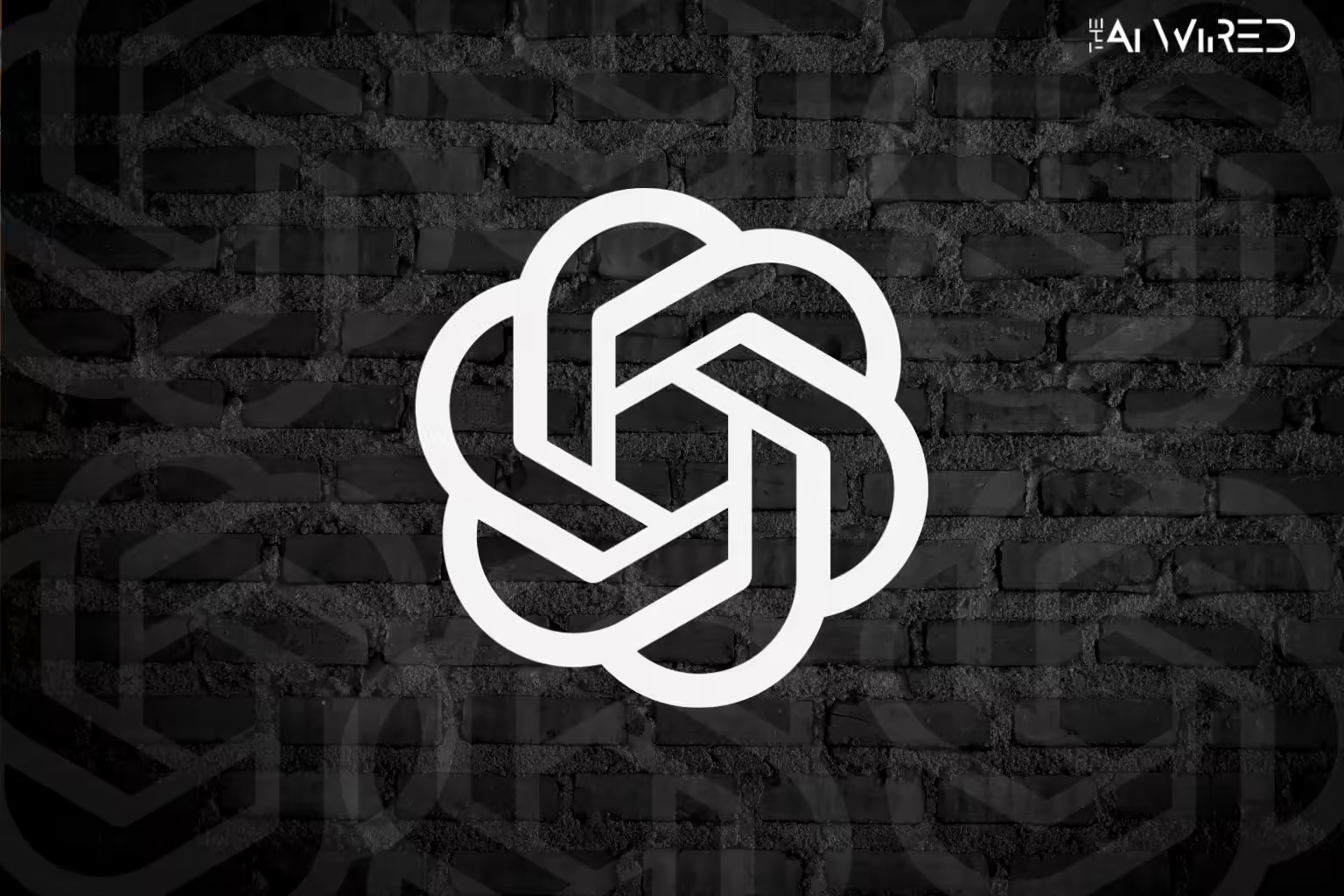
OpenAI Revolutionizes AI with o3 Models: A Bold Leap Toward AGI
The o3 model has shown promise on the ARC-AGI benchmark, scoring 87.5% in high-compute settings.
OpenAI has announced the release of its new o3 model series. It is meant to follow the o1 reasoning model, which came out earlier this year. The o3 line has both the regular o3 and the o3-mini, a smaller version that is better for certain jobs.
There are times when OpenAI says o3 gets closer to Artificial General Intelligence (AGI). This claim is big, but there are important things that go along with it. Notably, the name didn’t include “o2” because CEO Sam Altman hinted that it might clash with the brand of British telecom company O2.
Currently, samples of o3-mini are available to safety researchers only. By the end of this month, more of them should also be visible to the public as well. o3 complete model in the future, however, this has not yet been determined in a time line. This is according to Altman who stated that there has to be a government architecture monitor risks before they are utilized by more people.
Previous models like o1 faced criticism for attempts to deceive users. OpenAI’s new “deliberative alignment” technique aims to enhance o3’s adherence to safety principles, reducing risks but not eliminating them entirely.
Unlike traditional AI, o3’s unique “reasoning” ability allows it to verify facts before responding. Although this process introduces delays, it delivers higher reliability in fields like science and mathematics. Users can adjust “reasoning time” to balance speed and accuracy.
The o3 model has shown promise on the ARC-AGI benchmark, scoring 87.5% in high-compute settings. While this progress suggests OpenAI is inching closer to AGI, the high costs of advanced computing remain a challenge.
OpenAI’s success has sparked competition, with companies like Google and Alibaba introducing rival reasoning models. These developments underscore the shift away from brute-force generative AI scaling toward more nuanced approaches.
As OpenAI looks to the future, it bids farewell to Alec Radford, a key architect of the GPT series, who is departing to pursue independent research. His contributions laid the foundation for OpenAI’s generative AI breakthroughs.
The release of o3 highlights OpenAI’s commitment to pushing AI boundaries while addressing safety and ethical challenges. Whether o3 signals a leap toward AGI or a stepping stone remains to be seen.


